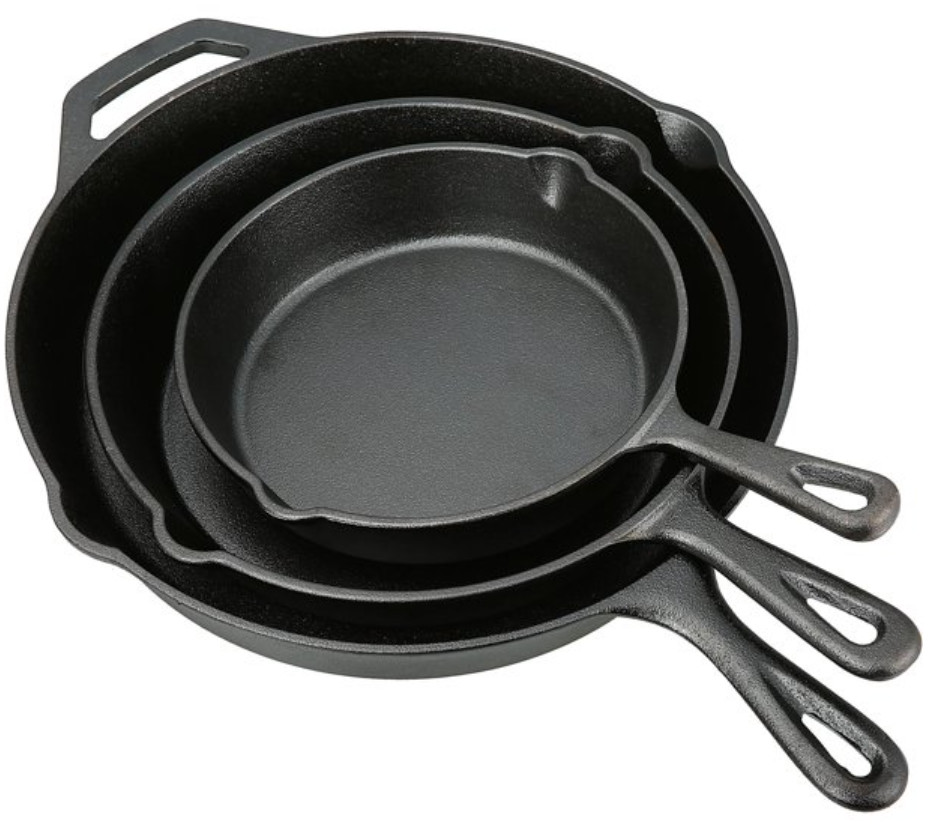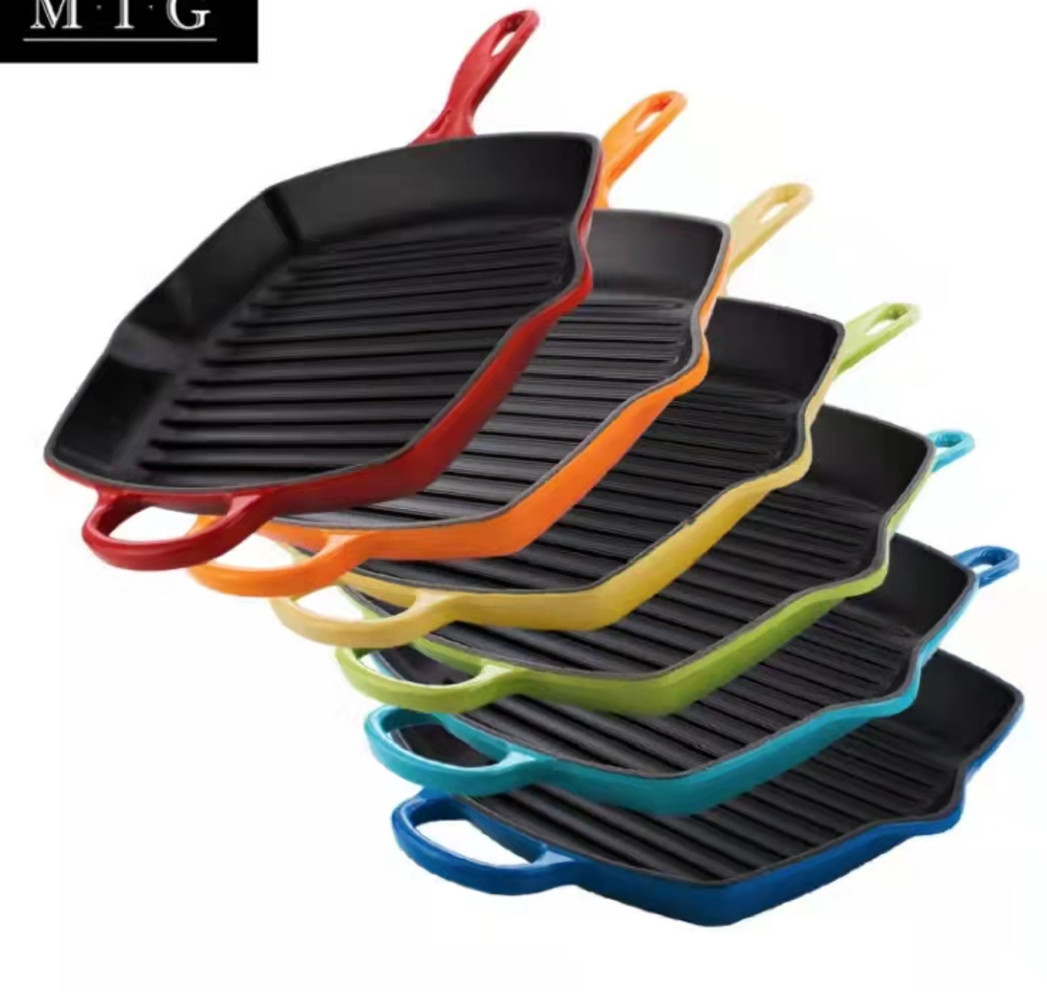- 150m na ndịda, West DingWei Road, Nanlou Village, Changan Town, GaoCheng Mpaghara, Shijiazhuang, Hebei, China
- monica@foundryasia.com
Jun. 12, 2023 18:48 Laghachi na ndepụta
GỊNỊ bụ IRON COKWARE
Gịnị bụ ihe nkedo ígwè cookware:
Ihe eji esi nri nkedo bụ ngwa nri dị arọ nke ejiri ígwè nkedo mee ihe bara uru maka njigide ọkụ ya, ịdịte aka ya, ike iji ya na okpomọkụ dị oke elu, yana isi nri anaghị esi nri mgbe agbachara ya nke ọma.
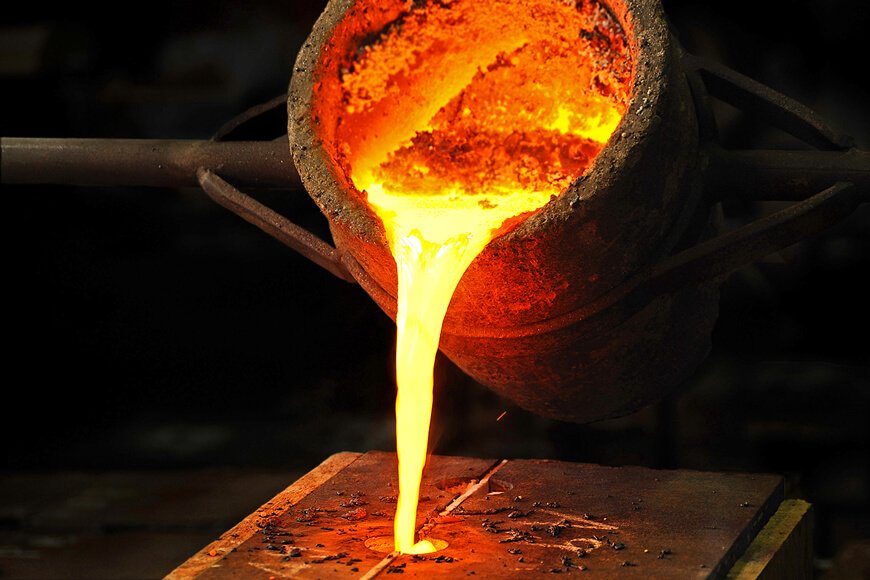
Akụkọ ihe mere eme nke igwe ihe nkedo
In Asia, particularly China, India, Korea and Japan, there is a long history of cooking with cast iron vessels. The first mention of a cast-iron kettle in English appeared in 679 or 680, though this wasn't the first use of metal vessels for cooking. The term pot came into use in 1180. Both terms referred to a vessel capable of withstanding the direct heat of a fire. Cast-iron cauldrons and cooking pots were valued as kitchen items for their durability and their ability to retain heat evenly, thus improving the quality of cooked meals.
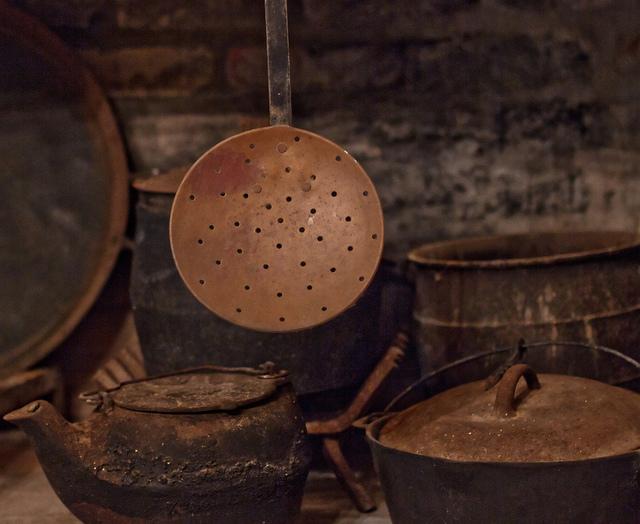
Na Europe na United States, tupu iwebata stovu kichin n'etiti narị afọ nke 19, a na-esi nri n'ime ọkụ ọkụ, a na-emepụtakwa ite na ite esi nri maka iji mee ihe n'ọkụ, ma ọ bụ kwụsịtụrụ n'ime ya.
Cast-iron pots were made with handles to allow them to be hung over a fire, or with legs so that they could stand in the coals. In addition to Dutch ovens with three or four feet, which Abraham Darby I secured a patent in 1708 to produce, a commonly used cast-iron cooking pan called a spider had a handle and three legs allowing it to stand upright over campfires as well as in the coals and ashes of a fireplace.
A na-eji ite na ite ndị nwere ụkwụ na-enweghị ụkwụ na-esi nri mgbe stovu esi nri bịara bụrụ ihe ewu ewu; oge a nke njedebe narị afọ nke 19 hụrụ ntinye nke flat
cast-iron skillet.
Ihe eji esi nri nke nkedo bụ ihe ama ama n'etiti ndị na-arụ ụlọ n'ime ọkara mbụ nke narị afọ nke 20. Ọ bụ ngwa nri dị ọnụ ala ma na-adịgide adịgide. Ọtụtụ ezinaụlọ ndị America nwere opekata mpe otu ite nkedo ígwè.
Narị afọ nke 20 hụkwara iwebata na mgbasa ozi nke ihe nkedo-ígwè kpuchiri enamel.
Today, of the large selection of cookware that can be purchased from kitchen suppliers, cast iron comprises only a small fraction. However, the durability and reliability of cast iron as a cooking tool has ensured its survival. Cast-iron pots and pans from the 19th and 20th century continue to see daily use to the present day. They are also highly sought after by antique collectors and dealers. Cast iron has also seen a resurgence of its popularity in specialty markets. Through cooking shows, celebrity chefs have brought renewed attention to traditional cooking methods, especially the use of cast iron.
Ngwaahịa dị mkpa
Ụdị ihe eji esi nri nkedo gụnyere ite frying, oven Dutch, griddles, iron waffles, panini press, deep fryers, woks, fondu na potjies.
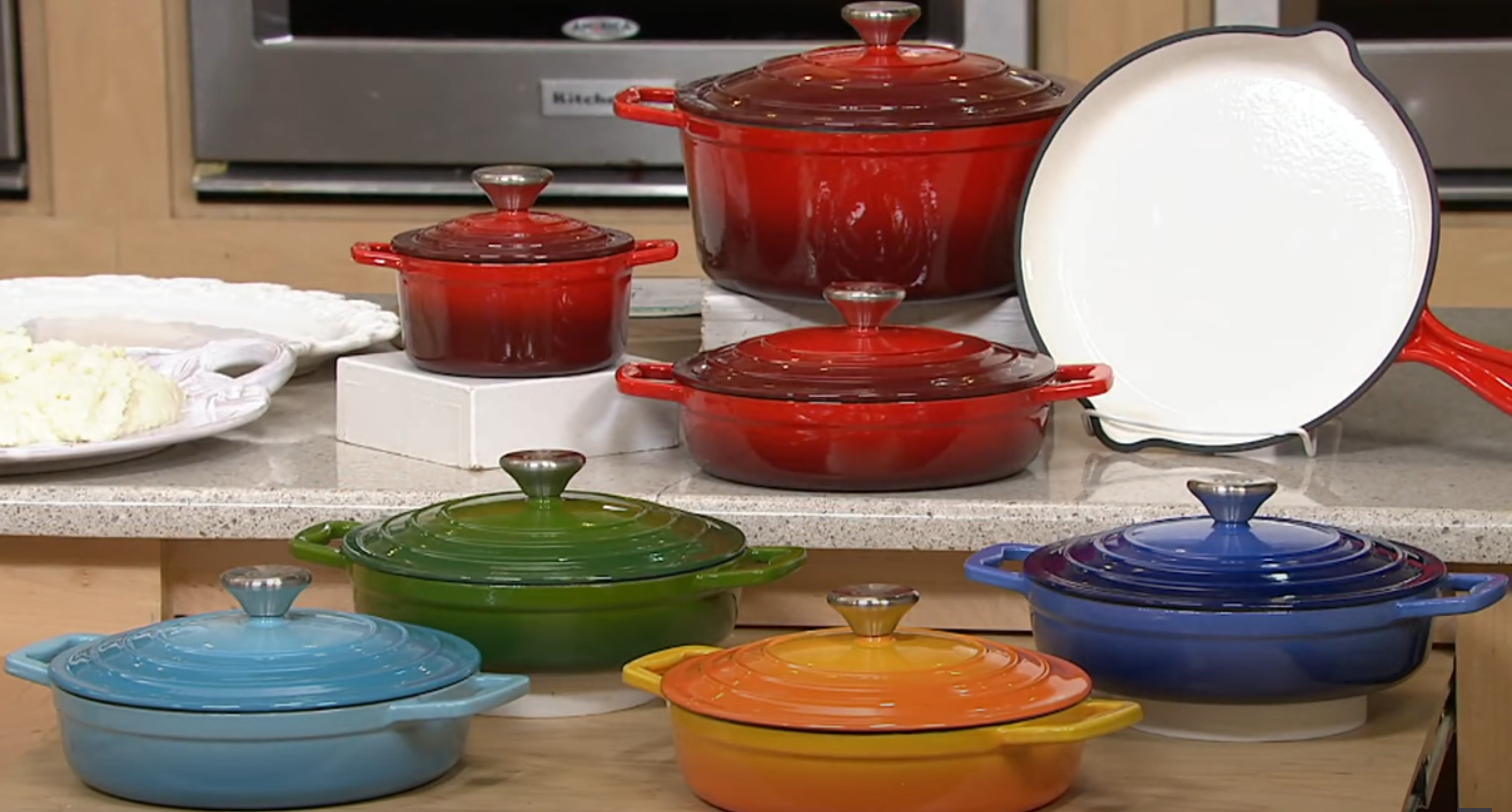
Uru nke ihe nkedo nke igwe nri
Cast iron's ability to withstand and maintain very high cooking temperatures makes it a common choice for searing or frying, and its excellent heat retention makes it a good option for long-cooking stews or braised dishes.
Because cast-iron skillets can develop a "non-stick" surface when cared for properly, they are excellent for frying potatoes or preparing stir-fries. Some cooks consider cast iron a good choice for egg dishes, while others feel the iron adds an off-flavor to eggs. Other uses of cast-iron pans include baking, for instance for making cornbread, cobblers and cakes.
Many recipes call for the use of a cast-iron skillet or pot, especially so that the dish can be initially seared or fried on the stovetop then transferred into the oven, pan and all, to finish baking. Likewise, cast-iron skillets can double as baking dishes. This differs from many other cooking pots, which have varying components that may be damaged by the excessive temperatures of 400 °F (204 °C) or more.
-
Product introduction of Changan Cast Iron Co., LTD
AkụkọJan.24,2024
-
The Impact of the Leidenfrost Effect on Non-Stick Properties of Cast Iron Titanium Coated Cookware
AkụkọJan.24,2024
-
Na-enyocha nkewa nri nri——Cast Iron Casseroles vs Casseroles oge niile
AkụkọJenụwarị 03,2024
-
Ahazigharịrị Ọgbakọ nkwakọ ngwaahịa yana Shelving yana Nchekwa 3D maka ngwa ahịa
AkụkọDisemba 29,2023
-
Enwere ike iji usoro ndị a ihicha ite enamel nke nkedo ejiri mee ihe nke ọma:
AkụkọDisemba 27,2023
-
Metallographic Structure maka enamel na nkedo ígwè
AkụkọDisemba 27,2023
